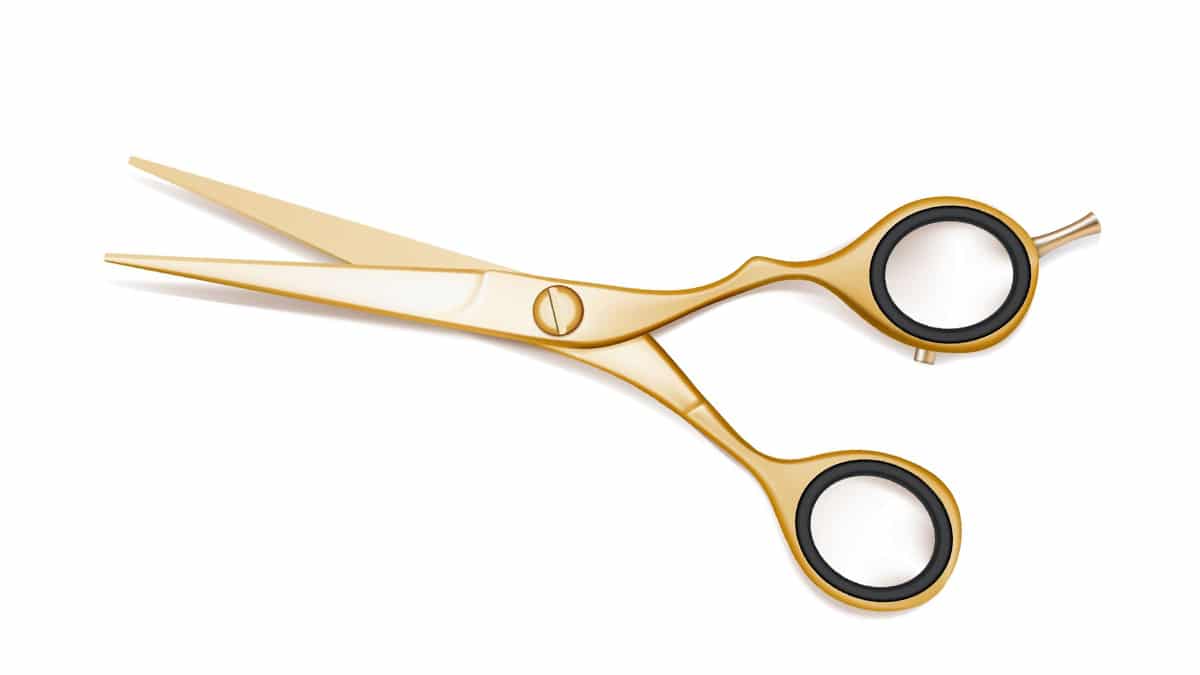In this guide
Topping up your spouse’s super account is a great way to build the nest egg you will both get to share and enjoy during your retirement years.
What’s more, it can also help you maximise the amount you can hold in tax-free pension accounts after retirement, reduce your liability for the proposed tax on the earnings of super balances above $3 million, or keep your total super balance low enough to use a wider range of contribution options.
You may even qualify for a tax offset or a higher rate of Age Pension.
If you’re looking for easy ways to boost your spouse’s super balance, read on for SuperGuide’s simple explanation of three different strategies you can use to do it.
You can also view our webinar on Strategies to split or share your super balance with your spouse.
Why boost your spouse’s balance?
Before we dive into the methods you can use to add to your spouse’s super, let’s consider the reasons it could be beneficial.
Maximising the opportunity to contribute to super
The option to carry forward unused concessional contributions is restricted to those with a total super balance below $500,000 on 30 June of the prior financial year. If one spouse’s balance is coming close to the threshold and they are at risk of losing this opportunity, contribution splitting can be used to transfer funds out of their account into that of the partner with a lower balance, retaining the option for longer.
Learn more about carry forward concessional contributions.
Also, individuals with a total super balance above the general transfer balance cap (currently $1.9 million) cannot add further non-concessional contributions to super. Spouse contribution splitting and/or withdrawals after retirement can reduce the balance of a partner that would otherwise exceed this limit, so they can retain the option to make non-concessional contributions.
Equalising balances
At retirement, the transfer balance cap places a per-person limit on the amount that can be transferred into the tax-free retirement phase. Equalising balances can maximise the total a couple can transfer if only one of them would otherwise have a balance above the cap (currently $1.9 million).
Example – maximising tax-free super
Terry and Gillian are currently aged 50, and planning retirement at 60. Terry’s balance is much lower than Gillian’s because he took some time out of the workforce recovering from a serious injury and now works part time earning a lower wage.
Based on projections if they take no action, Gillian’s expected balance at retirement is $2.5 million and Terry’s is $900,000 (in today’s dollars).
Their financial planner recommends they employ a range of strategies to reduce the gap in their balances. If they put these in place, their expected retirement balances are $1.8 million for Gillian and $1.6 million for Terry.
This will ensure that both partners can transfer their whole balances into the retirement phase at age 60 and enjoy tax-free investment earnings.
Without action, Gillian would have $600,000 in super at retirement that she could not transfer to the retirement phase. She could either retain this amount in a super accumulation account (where earnings would be taxed at up to 15%) or cash the amount out of super where earnings would be subject to income tax. She may also consider the option of cashing a lump sum to contribute to Terry’s super, but would be limited by the non-concessional contribution cap.
The planned additional tax on earnings of super balances above $3 million is another incentive to equalise balances if either partner expects to accumulate a balance higher than the threshold. If you can both remain below the cap, the new tax will not apply.
If your combined balance will be more than $6 million, there is no way to avoid exceeding the cap except withdrawing the excess funds from super after retiring. However, the tax liability can be minimised by ensuring you both have at least $3 million in your accounts. This ensures the additional tax applies to the smallest proportion of your balance possible.
Need to know: At the time of writing, the additional tax on balances above $3 million is before Parliament. This reform may not proceed.
Enhancing Age Pension
When one partner is older than the other, retaining super in the account of the younger spouse can enhance Age Pension entitlements while the younger spouse is under the Age Pension age (currently 67).
Using contribution splitting and/or cashing benefits from the older spouse’s account to contribute to their partner’s super reduces the amount counted in Centrelink’s income and asset tests because the superannuation balance of a person under the pension age is not assessable.
With a lower amount being assessed in means tests, the older partner may receive a higher rate of Age pension or qualify for a pension that would not otherwise be payable.
Strategy 1: Split your super contributions
One way to boost your spouse’s super account balance is to split the concessional contributions made into your own super account and transfer some of them into your spouse’s account.
This can be a good way to equalise your super account balances if your spouse has less super than you, or if they are on a lower income and receiving lower SG contributions. It may also be of benefit if your spouse is younger than you and transferring your contributions into their account will help you qualify for higher Age Pension payments.
Watch our video guide below, or continue reading for in-depth detail on the contribution splitting rules.
SuperGuide members have access to an extended version of this video which gives examples so you can see how splitting is applied in the real world, as well as the steps you need to take to apply through your super fund.
Learn how you can boost your super with a SuperGuide membership.
Good to know
Contribution splitting is different from splitting or dividing your super in the case of a relationship breakdown or divorce. The division of super (or payment split) in these situations is part of a financial agreement reached under the Family Law rules.
Split super contributions remain preserved until the receiving spouse reaches their preservation age.


























